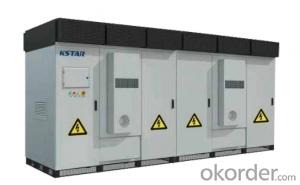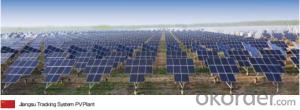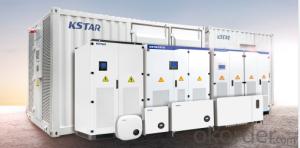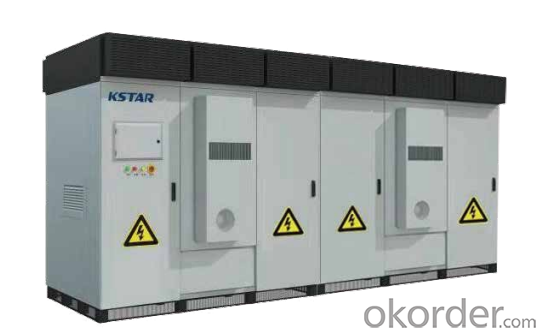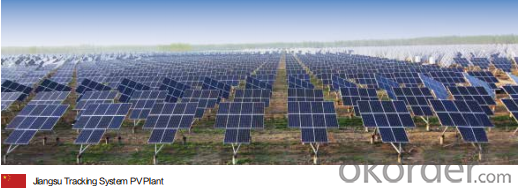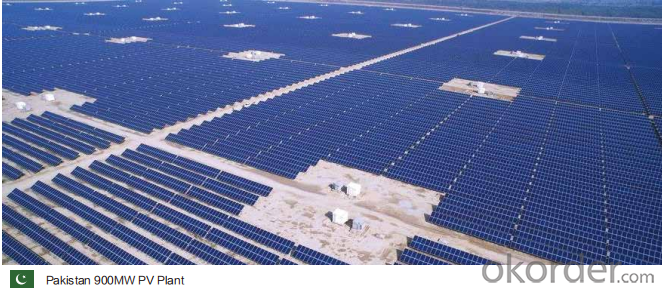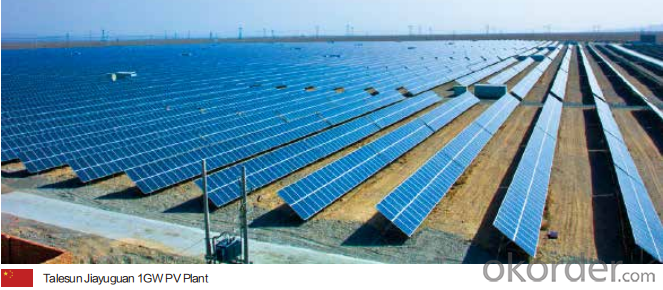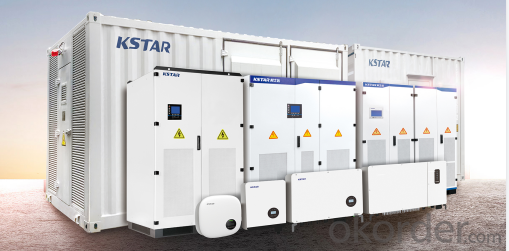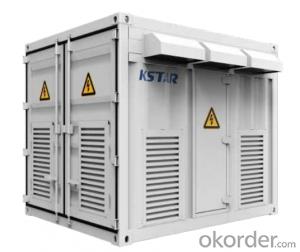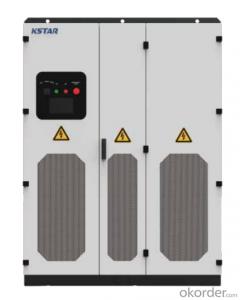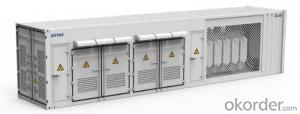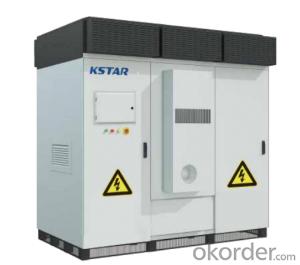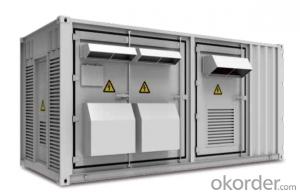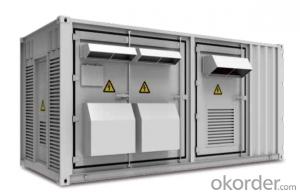Enphase Solar Inverter DC1500V Central Inverter GSM5000D / GSM6250D
- Loading Port:
- China main port
- Payment Terms:
- TT OR LC
- Min Order Qty:
- 50 pc
- Supply Capability:
- 15000 pc/month
OKorder Service Pledge
OKorder Financial Service
You Might Also Like
Specification
Product Description:
★Max. PV Voltage up to 1500V Max. 48 DC inputs
★Dustproof protection Modular design for Easy maintenance
★Max. DC/AC ratio up to 1.8 Full power output under 55℃
★AGC/AVC Night SVG function LVRT/HVRT/FRT function
Technical Specifications:
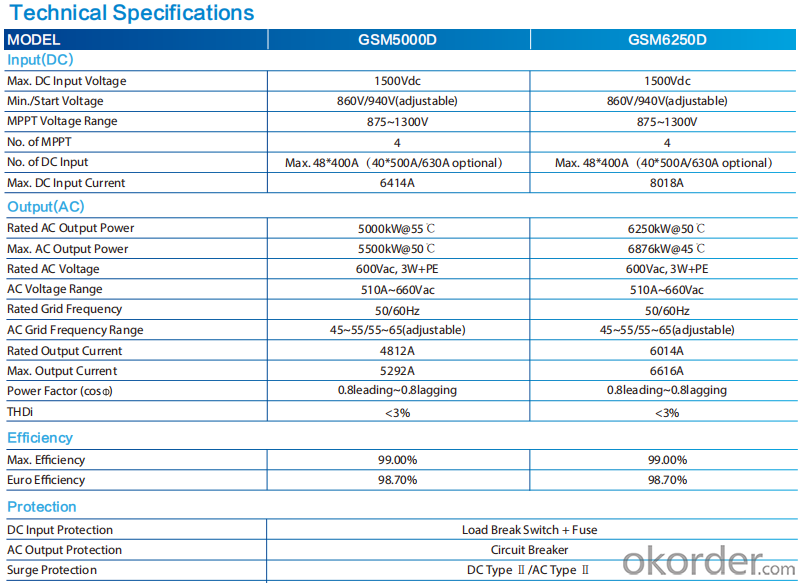
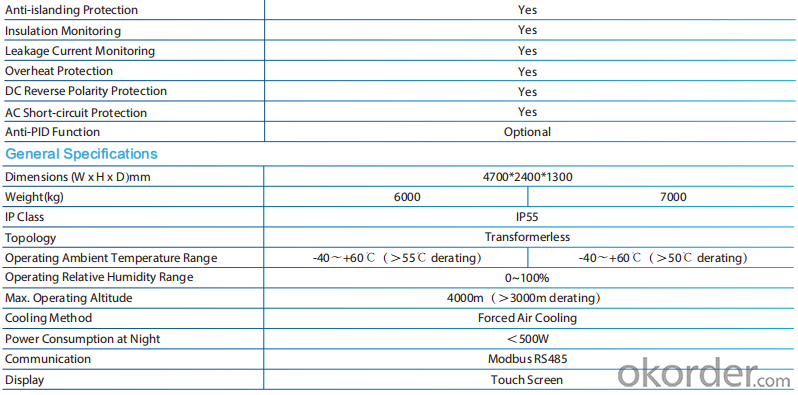
FAQ:
Q:How the output voltage of the PV inverter and the grid-connected voltage are determined
Inverter is the DC power (battery, battery) into alternating current (usually 220V, 50Hz sine wave). It consists of inverter bridge, control logic and filter circuit. Widely used in air conditioning, home theater, electric wheel, power tools, sewing machines, DVD, VCD, computer, TV, washing machine, range hood, refrigerator, video recorders, massage, fan, lighting and so on. In foreign countries
Q:Installation and maintenance of photovoltaic grid - connected inverter
only when the local power sector permission by the professional and technical personnel to complete all the electrical connection before the inverter can be connected.
Q:What is the difference between a PV grid-connected inverter and an off-grid inverter?
Off-grid inverter is equivalent to their own to establish an independent small power grid, mainly to control their own voltage, is a voltage source.
Q:After the PV inverter, how to achieve the same period before the network?
Solar panel simulator: with MPPT function, simulated morning, noon, afternoon, evening, rainy weather, solar panels produced under different conditions in different voltages.
Q:Is the PV inverter a current source or a voltage source?
According to the waveform modulation method can be divided into square wave inverter, stepped wave inverter, sine wave inverter and modular three-phase inverter.
Q:Photovoltaic grid-connected inverter without DC emc how will happen
Solar photovoltaic power generation technology is the use of solar cells, the photovoltaic effect of semiconductor materials, solar radiation can be directly converted into a new type of power generation system, solar energy is a radiant energy, solar power means --- to direct conversion of sunlight Into electricity,
Q:What is the difference between low voltage grid connection and medium voltage grid connection?
For photovoltaic power plants when the power system accidents or disturbances caused by photovoltaic power plant grid voltage drop, in a certain voltage drop range and time interval, the photovoltaic power plant can ensure that non-off-line continuous operation.
Q:Is the grid side of the grid and the inverter?
The grid load side of the grid is the grid. The inverter is an important part of the PV grid-connected system and can not be regarded as an external load. Photovoltaic power generation system is included in both grid and off-grid.
Q:PV grid-connected inverter and independent inverter in the control of what is the difference
The independent inverter in the output voltage phase amplitude of the frequency control is initially set good. Independent inverter, you should refer to off-grid inverter, do not need to consider the grid situation.
Product Images:
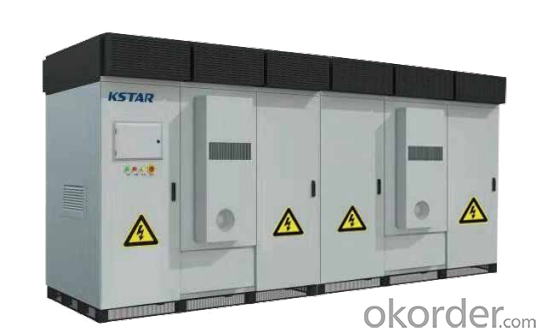
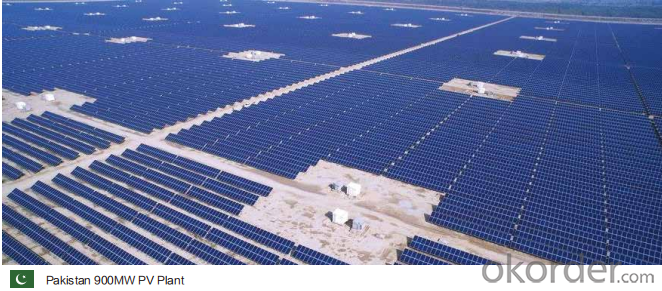
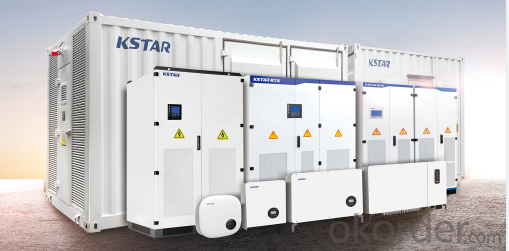
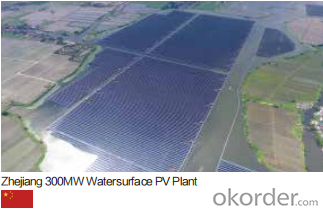
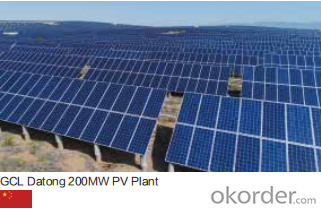
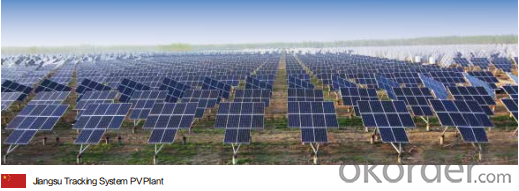
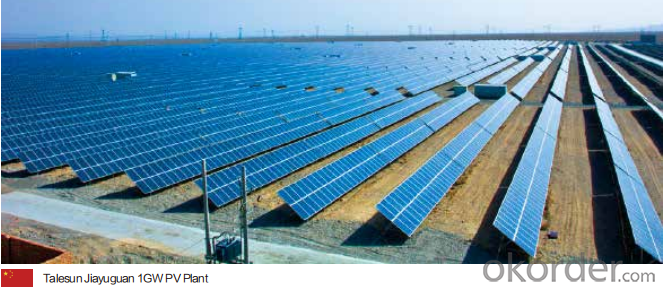
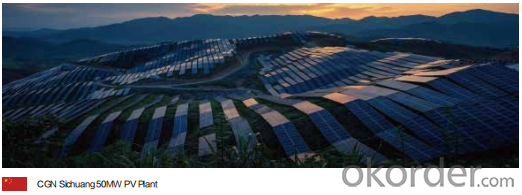

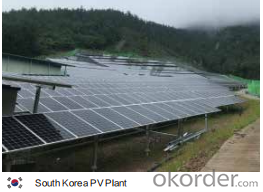
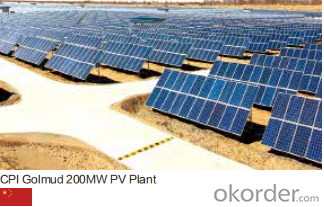
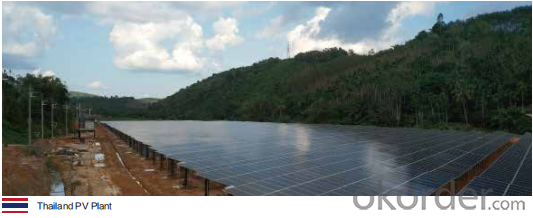
Production Process Photos:
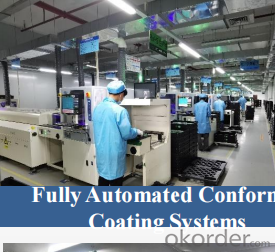
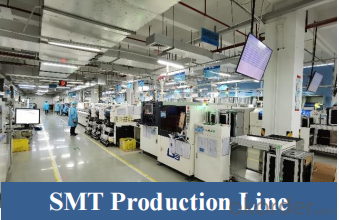
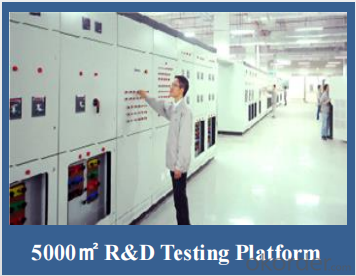
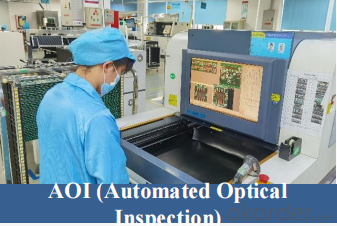
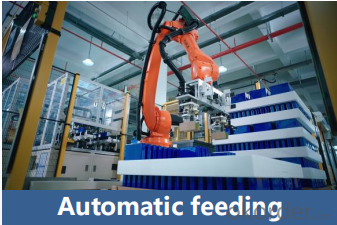
- Q: Can a solar inverter be used with other renewable energy sources like wind or hydro power?
- Yes, a solar inverter can be used with other renewable energy sources like wind or hydro power. Inverters are designed to convert the direct current (DC) produced by renewable energy sources into alternating current (AC) that can be used to power homes and businesses. So, by connecting wind turbines or hydroelectric generators to a solar inverter, the generated DC power can be efficiently converted and integrated into the electrical grid or used for various applications.
- Q: Can a solar inverter be used with different types of solar panels (monocrystalline, polycrystalline, thin-film)?
- Yes, a solar inverter can be used with different types of solar panels such as monocrystalline, polycrystalline, and thin-film. Solar inverters are designed to convert the direct current (DC) electricity generated by solar panels into alternating current (AC) electricity that can be used to power household appliances and feed into the grid. As long as the solar panel's output voltage and current fall within the operating range of the inverter, it can be used regardless of the panel type.
- Q: Can a solar inverter be used with a solar-powered backup generator?
- Yes, a solar inverter can be used with a solar-powered backup generator. The solar inverter is responsible for converting the direct current (DC) generated by the solar panels into alternating current (AC) that can be used to power household appliances and electrical devices. When connected to a solar-powered backup generator, the solar inverter can efficiently regulate and distribute the electricity produced by the generator, providing a reliable and sustainable source of power.
- Q: How long does a solar inverter last?
- A solar inverter typically lasts between 10 to 20 years, depending on various factors such as quality, usage, maintenance, and environmental conditions.
- Q: Can a solar inverter be used with solar-powered water heaters?
- No, a solar inverter cannot be directly used with solar-powered water heaters. The solar inverter is designed to convert the DC power generated by solar panels into AC power for general electrical use in households. On the other hand, solar-powered water heaters utilize direct thermal energy from the sun to heat water, without involving the need for converting DC power to AC power.
- Q: What is the warranty period for a solar inverter?
- The warranty period for a solar inverter typically varies depending on the manufacturer and model, but it commonly ranges from 5 to 10 years.
- Q: Can a solar inverter be used in regions with extreme weather conditions?
- Yes, solar inverters can be used in regions with extreme weather conditions. However, the durability and performance of the inverter may vary depending on the specific weather conditions. It is important to choose a solar inverter that is designed to withstand the extreme weather conditions of the region, such as high temperatures, strong winds, heavy rain, or snow. Additionally, proper installation, regular maintenance, and protection from harsh weather elements can help ensure the longevity and efficient operation of the solar inverter in extreme weather conditions.
- Q: Can a solar inverter be used with solar-powered remote sensing systems?
- Yes, a solar inverter can be used with solar-powered remote sensing systems. A solar inverter is responsible for converting the direct current (DC) generated by solar panels into alternating current (AC) that can be used to power various devices and systems. In the case of solar-powered remote sensing systems, the solar inverter would be an essential component in converting the DC power from the solar panels into the required AC power to operate the remote sensing equipment.
- Q: What are the key considerations for selecting a reliable solar inverter manufacturer?
- When selecting a reliable solar inverter manufacturer, there are several key considerations to keep in mind. Firstly, it is important to assess the manufacturer's reputation and track record in the industry. Look for manufacturers with a solid history of producing high-quality and durable inverters. Secondly, evaluate the manufacturer's warranty and after-sales support. A reliable manufacturer should offer a comprehensive warranty that covers both the product and its performance. Additionally, they should have a responsive customer support team that can assist with any inquiries or issues that may arise. Thirdly, consider the efficiency and performance of the inverters offered by the manufacturer. Look for inverters that have high conversion efficiency, which can maximize the solar energy generation and optimize the system's overall performance. Furthermore, it is crucial to assess the manufacturer's compliance with industry standards and certifications. Look for manufacturers that adhere to recognized quality standards and have certifications such as ISO 9001 and IEC 62109. Lastly, consider the manufacturer's financial stability and longevity. A reliable manufacturer should have a strong financial standing and be well-established in the market. This ensures their ability to honor warranties and provide ongoing support. By considering these key factors, you can select a reliable solar inverter manufacturer that offers high-quality products, excellent customer support, and a strong reputation in the industry.
- Q: How is the size of a solar inverter determined?
- The size of a solar inverter is determined based on the maximum power output of the solar panels connected to it. It should match or exceed the total capacity of the solar panels to ensure optimal performance and avoid any power limitations.
Send your message to us
Enphase Solar Inverter DC1500V Central Inverter GSM5000D / GSM6250D
- Loading Port:
- China main port
- Payment Terms:
- TT OR LC
- Min Order Qty:
- 50 pc
- Supply Capability:
- 15000 pc/month
OKorder Service Pledge
OKorder Financial Service
Similar products
Hot products
Hot Searches
Related keywords
